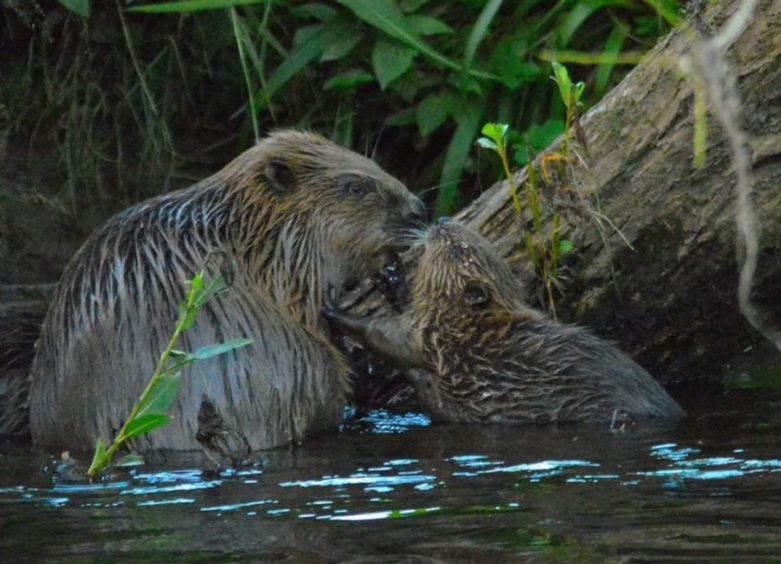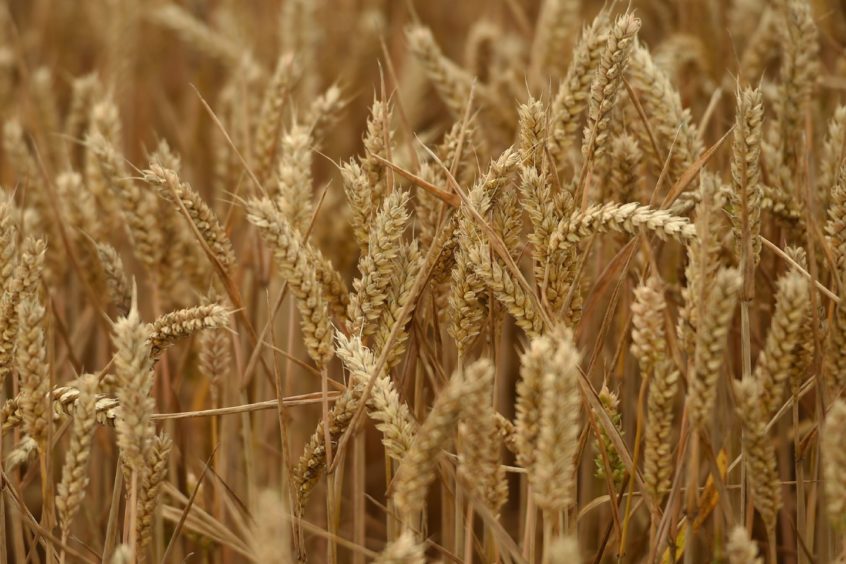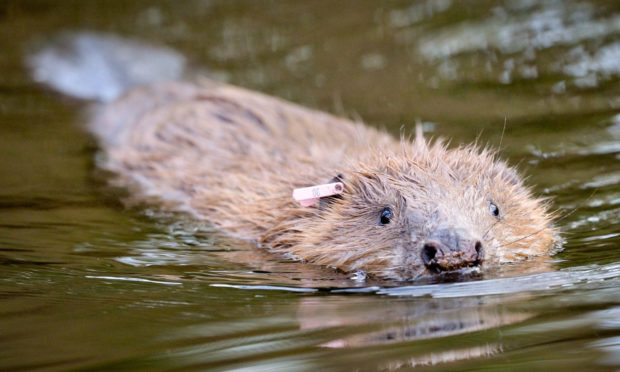Rewilding campaigners have launched a legal challenge to stop farmers and land managers from shooting beavers.
Campaigning charity Trees for Life say lethal control of the species, which has been used in Tayside after animals were either illegally or accidentally released in the area, is not necessary.
They have challenged NatureScot’s authority to allocate licences to shoot beavers in Edinburgh’s Court of Session.
The case was heard at the start of June, with the outcome expected later this year.
Scotland’s farming union maintains that killing beavers is necessary to prevent costly agricultural damage.
Shooting should be ‘last resort’
Trees for Life spokesperson Richard Bunting said the animals should be relocated to other suitable habitats in Scotland.
The charity claims Scottish Government agency NatureScot is breaking the law by failing to make the killing of the protected species a ‘last resort’.
He said: “Culling should be a genuine last resort and at the moment it currently isn’t a genuine last resort.
Scotland’s largest beaver population in Tayside

If the legal bid is successful, it could set a precedent.
The judge’s decision is likely to have implications for farmers in Tayside, which is home to the largest beaver population in Scotland.
Last year Trees for Life described the killing of 87 beavers across Scotland as “needless bloodshed”.
And the campaign group Rewilding Britain said allowing beavers to be shot “makes a mockery of their protected status”.
A Rewilding Britain spokesperson said: “If successful, the court case would mean that when beavers need managing, they could be moved to new areas of Scotland instead of being killed.
“To locations where they would be welcome and where they would be able to get to work creating nature-rich wetlands, which will help tackle the nature and climate crises.
“Regardless of the outcome of the case, it’s putting these important issues into the spotlight, which is hugely welcome.”
Trees for Life raised £60,000 through a public crowdfunder to cover its legal costs during the judicial review.
Balancing wildlife and food production

Meanwhile, National Farmers Union (NFU) Scotland and Scottish Land and Estates are backing NatureScot in the proceedings.
NFU Scotland President Martin Kennedy, who farms at Aberfeldy, said there was a balance to be struck.
“It is important that we sensitively manage wildlife to benefit and improve our biodiversity in balance with our need to produce food and keep the nation fed,” he said.
“Beavers, in the wrong areas are proven to cause significant and costly agricultural damage.”
He said “an appropriate and proportionate licence system” was put in place when beavers received protected status in 2019.
“To those impacted by beavers on their land, the licence system has been a valuable way of protecting their farm from economic and environmental damage,” he said.
“That licence system is now subject to judicial review with proceedings commencing.
“Given its importance to our members, we have taken legal advice and will be represented alongside others in those legal proceedings.”
The case has wider implications and may set a precedent.”
NFU Scotland president, Martin Kennedy.
Mr Kennedy added: “The case has wider implications and may set a precedent in terms of future species management and the options available to prevent serious damage to farming and food production.”
A Scottish Land and Estates spokesperson added: “The reintroduction of beavers in Scotland was a matter of extensive debate for many years before the Scottish Government decided in early 2019 that existing populations could remain but with mitigation measures available to avoid damage to land occurring.
“This announcement was widely welcomed by conservation groups and was also accepted by land management organisations as a balanced approach overall.
“We, alongside other organisations such as NFUS, are keen that the voice of our members who farm and work on land affected by beaver populations are represented as part of the judicial review.”
